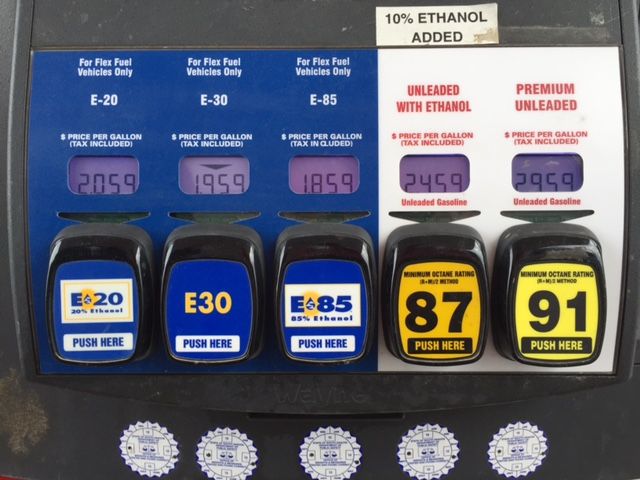|
Ethanol is a renewable fuel made from corn, sugarcane, and other agricultural products. It has gained popularity in recent years due to its low cost and environmental benefits. Ethanol is available in different types, with the most common being E10, which contains 10% ethanol and 90% gasoline. In this article, we will explore the types of ethanol, what E10 means, the advantages and disadvantages of ethanol as a fuel, and whether cars are safe to use with E10 fuel.
Types of Ethanol: There are three types of ethanol: E10, E85, and E15. E10 is the most widely available and contains 10% ethanol and 90% gasoline. E15 contains 15% ethanol and 85% gasoline, while E85 contains 85% ethanol and 15% gasoline. E10 is the most common type of ethanol used in the United States due to its compatibility with most vehicles. E10 Meaning: E10 refers to gasoline that contains 10% ethanol and 90% gasoline. It is the most widely used ethanol blend in the United States. The "E" in E10 stands for ethanol, while the number 10 represents the percentage of ethanol in the blend. Advantages of Ethanol:
Disadvantages of Ethanol:
Most cars built after 2001 are designed to run on E10 fuel without any issues. However, older cars, particularly those built before 1990, may not be compatible with E10 due to the corrosive properties of ethanol. In addition, certain vehicles, such as boats and small engines, may not be designed to run on ethanol blends and may require special fuel or modifications. Ethanol is a renewable fuel that offers environmental and economic benefits. E10 is the most widely available ethanol blend and is compatible with most vehicles. However, it does have some disadvantages, such as lower energy content, corrosiveness, and water absorption. It is important to check with your vehicle manufacturer to determine if your car is compatible with ethanol blends before using them. |
Categories
All
|
